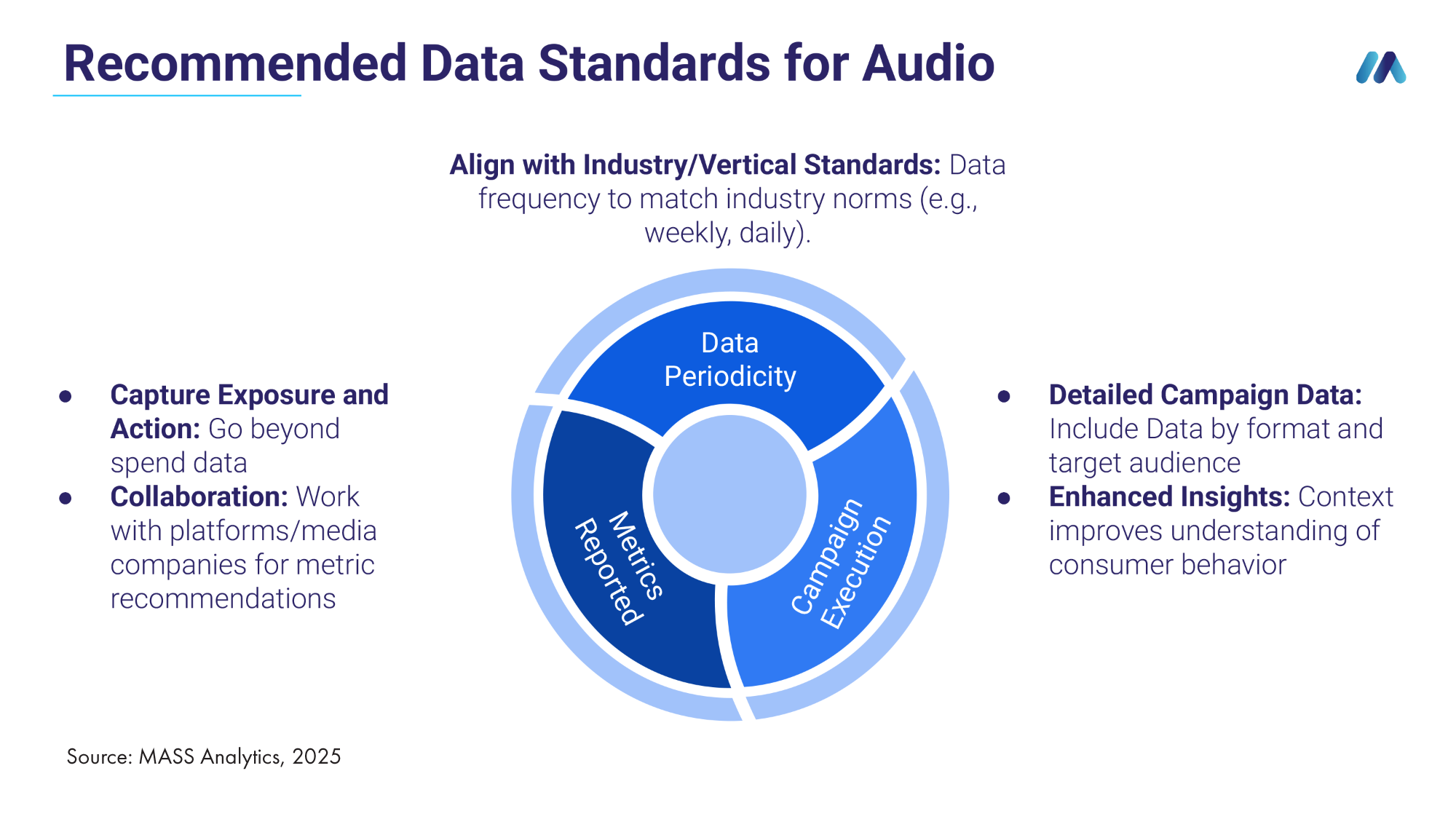There’s a moment early in the 1997 movie “Contact” starring Jodie Foster in which the relentlessly inquisitive scientist that Foster plays sits bolt upright on the top of her car and breathlessly whispers the words Holy Excrement to herself.
Although the actual second word begins with the letter “s” and ends with the letter “t”, Dr. Ellie Arroway isn’t being profane, she is simply reacting with all the wonder and amazement one would expect of a person who has just made a discovery she has spent a lifetime pursuing.

What happens next is a mad dash of repositioning giant telescopes, scrambling to tune audio equipment to just the right frequency, and frantically listening to radio waves that have travelled millions of light years to reach the ears of Dr. Arroway and her colleagues at the SETI Institute. For this gleeful group, the excitement was only just beginning, and while the implications are admittedly not as world-changing as the ones that flowed from the arrival of the deep space signals that came to Earth in “Contact”, so too is the excitement just beginning for the detection of a long absent signal in the not quite as stunning but nevertheless important arena of Media Mix Modeling (MMM).
Sure, likening a boost in signal for MMM to the mind-blowing evidence of extraterrestrial life depicted in “Contact” is probably absurd, but let’s stop for a minute to consider the parallels that do exist.
Using state-of-the-art headphones and cranking the volume on the high-fidelity speakers in their listening facility, the scientists at SETI were captivated by bursts of sound carrying incredible pools of data from which they could glean a deeper understanding of the universe.
In much the same way, data scientists at Media Mix Modeling companies are constantly searching for answers to be gleaned from advertising measurement data, and just as Dr. Arroway found with her search for intelligent life beyond this planet, there is a whole universe of as yet unstructured and disorganized measurement data waiting for deeper discovery and actionability in MMM.
Such is the conclusion of a months long effort that has led to today’s publication of a new IAB white paper about how to better integrate audio measurement data into Media Mix Models.
As its title implies, “A Beginner’s Guide to Digital Audio in MMM” was written to create a foundation for better signal discovery for audio on the part of modelers, all of which can fortunately be accomplished without the use of gigantic radio telescopes.
In this case, the principal requirement is a tripartite collaboration between buyers, sellers, and measurement companies to standardize the gathering and delivery of audio data at previously unrealized levels of granularity so that audio can be modeled with the same level of confidence as the many other media channels for which granular delivery is already commonplace.
As the paper explains, the reason for embarking on this undertaking is simple – going back to the dawn of radio, audio content has been and continues to be a medium that commands very high levels of attention and engagement on the part of consumers, but it also has been and continues to be a marketing channel that doesn’t command the same level of attention from advertisers.
Explained further in the paper, this comparative lack of engagement on the part of advertisers is despite the fact that audio sports some of the most sophisticated and actionable measurement capabilities in ad-supported media, which naturally begs the question of why.
On behalf of media owners, advertisers, and a wide variety of measurement and ad tech stakeholders across the digital marketing landscape, this question has become the focus of a Getting Audio & Podcasting on the Media Plan working group in IAB’s Media Center that has sought to find the answers, and the answer that has come up most often is to address audio’s historical underrepresentation in MMM.
To be clear, this underrepresentation isn’t a reflection on audio’s ability to drive full-funnel outcomes. Indeed, one of the outputs from the working group last year was Getting Audio & Podcasting on the Media Plan Guide, chock-full of information about the benchmark-beating contributions that audio makes to media plans every day.
Still, with so many advertisers looking to MMM for guidance on how to allocate their media spend, members of the working group have identified an effort to describe those contributions within the specific rubric of MMM as a critically important means of addressing the longstanding gap between the amount of time and attention consumers spend with audio and the amount of investment advertisers make in the channel.

The “Beginner’s Guide to Digital Audio in MMM” is intended to be a starting point on a journey of discovery that is designed to close this gap by teasing out the meaning of previously unanalyzed data.
In other words, just as the efforts of Ellie Arroway and her team served as a starting point on their journey to understand the meaning of the galactic signals they had discovered, so too must the cross functional collaboration mentioned above tease out the meaning of advertising measurement signals that have long eluded modelers’ grasp where audio is concerned.
In the white paper published today, you will find the collected, current wisdom of a group of dedicated advertising professionals who wish to bring structure and meaning to audio signals that have always been there but haven’t yet been organized and ingested in the way they need to be for that meaning to become apparent.
From recommendations as to the necessity of providing accurate location data to the importance of properly communicating buy types and show names, the members of the working group have worked to produce a breakthrough in modeling that will allow advertisers to make unprecedented levels of contact with the very medium that caused Ellie Arroway to sit bolt upright on the hood of her car – audio.
On behalf of all of them and all the marketers for whom audio can and should be a robust provider of high-performance advertising outcomes, we invite you to read the white paper by clicking here, and we also invite you to share any questions or join our ongoing efforts to build upon the foundation set forth in this paper by emailing [email protected].




